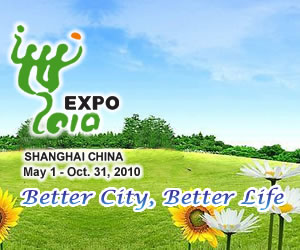The many dimensions of Kumbum Monastery
Tsongkhapa, whose name literally means "the man from Tsongkha (onion valley)", was born in 1357, but the stupa and temple marking his birthplace were built in 1379, due to the efforts of his mother and local leaders. The temple was built around the holy sandalwood tree that, according to Tibetan legend, sprouted where a drop of blood from Tsongkhapa's umbilical cord fell to the ground. The name "Kumbum" means "100,000 holy images" in Tibetan, referring to the sacred syllables and images that were once naturally imprinted on each leaf of the tree. From this original stupa sprouted the rest of what is now a maze of temples, some built as early as the sixteenth century.
|
The stupa marking the birthplace of Tsongkhapa, founder of the Gelug Sect of Tibetan Buddhism. [Photo by Lola Boatwright] |
Also on display within the temples is an array of thangkhas, an intricate style of Tibetan painting depicting various deities with their implements, and usually framed by brocade. They also exhibit butter sculptures, or molded and dyed yak butter, depicting various forms of the Buddha, important lamas, or scenes from the Tibetan Epic of King Gesar.
|
Butter sculpture, carved out of yak butter and dyed with natural minerals. Monks have been creating butter sculpture at Kumbum Monastery since the seventeenth century. [Photo by Lola Boatwright] |
 0
0 



![The stupa marking the birthplace of Tsongkhapa, founder of the Gelug Sect of Tibetan Buddhism. [Photo by Lola Boatwright] The stupa marking the birthplace of Tsongkhapa, founder of the Gelug Sect of Tibetan Buddhism. [Photo by Lola Boatwright]](http://images.china.cn/attachement/jpg/site1007/20100715/001fd04cf34a0da8a84106.JPG)
![Butter sculpture, carved out of yak butter and dyed with natural minerals. Monks have been creating butter sculpture at Kumbum Monastery since the seventeenth century. [Photo by Lola Boatwright] Butter sculpture, carved out of yak butter and dyed with natural minerals. Monks have been creating butter sculpture at Kumbum Monastery since the seventeenth century. [Photo by Lola Boatwright]](http://images.china.cn/attachement/jpg/site1007/20100715/001fd04cf34a0da8a84d09.jpg)





Go to Forum >>0 Comments